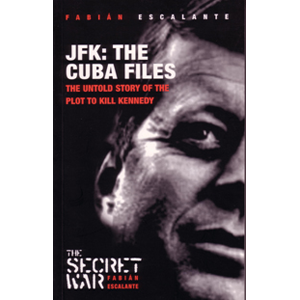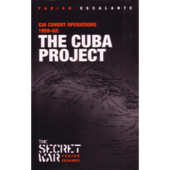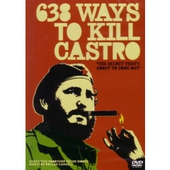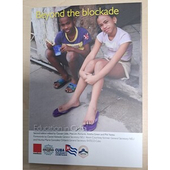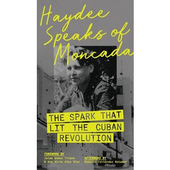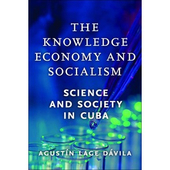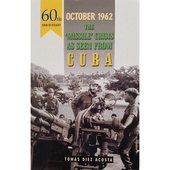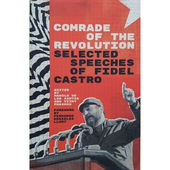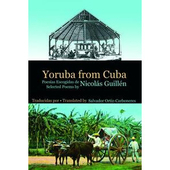The death of Gerald Ford at the end of 2006 marks a milestone in the long and turbulent controversy over the Kennedy assassination. Ford was the last surviving member of the discredited Warren Commission that investigated the murder and concluded, somewhat incredulously, that Lee Harvey Oswald was the lone gunman who killed the president as a consequence of a deranged sense of political purpose.
Since then, numerous commentators, serious academics, countless amateur sleuths and various government commissions have poured over the story of the assassination material, so much so that most people are perplexed by the plethora of theories as to who might have done it.
Ford died defending the Warren Commission findings, and it is fair to say that it was out of deference to him that there has been reluctance in the United States media to completely reject the report. Now, with his passing perhaps a freer debate on what really happened can take place.
Amid the continuing speculation over the events in Dallas in 1963, a fact is often overlooked that in 1976 the Church Commission concluded Oswald did not act alone and a fourth shot must have been fired in Dealey Plaza that day. Later investigations revealed more about the possible Cuban America Mafia involvement in the crime. In 1978, Congressional representatives went to Cuba to ask for Fidel Castro’s help in investigating the case. Fidel dully put his intelligence chief, Fabian Escalante, in charge of the investigation.
Hence this new and frankly amazing addition to the evidence on the Kennedy murder. This is the first publication of the declassified Cuban report into the assassination, instigated at the request of the US government. Fabián Escalante describes how Cuban units, infiltrating anti-Castro groups in Miami, inadvertently uncovered a conspiracy against President Kennedy among those who had felt betrayed by the Bay of Pigs debacle.
With compelling logic Escalante describes how Cuban exiles, the Mafia and rogue elements in the CIA for differing reasons had a common interest in making sure that Kennedy did not get a second term as President.
Further, he describes how they had ironically been flung together under orders from within Kennedy’s own White House to work together in trying to kill the Cuban President Fidel Castro. Thus this unholy alliance, later described by Lyndon Johnson as “Murder Inc. in the Caribbean”, not only had the motive but the means to carry out the act.
The tipping point for them came when they discovered that Kennedy, chastened by his experience of the Cuban missile crisis, started to make back-channel overtures to Castro in the autumn of 1963. The conspirators simply could not take the risk that he might settle the Cuba question peacefully.
By assassinating Kennedy and presenting the crime as a Cuban-inspired plot, they hoped to remove an obstacle to their plans and provide a pretext for decisive military action against the revolution.
The idea of blaming Fidel for the murder was one which started back then and was in fact the first conspiracy theory to surface immediately after the event. Escalante provides evidence as to how this campaign was started, who was behind it, and why it was suddenly stopped in favour of the “Oswald acted alone theory”
This book is a must read for anyone interested in late twentieth century American history and how the US intelligence/war machine works. It proves that the dodgy dossiers and spurious arguments used to get into Iraq were nothing new.
